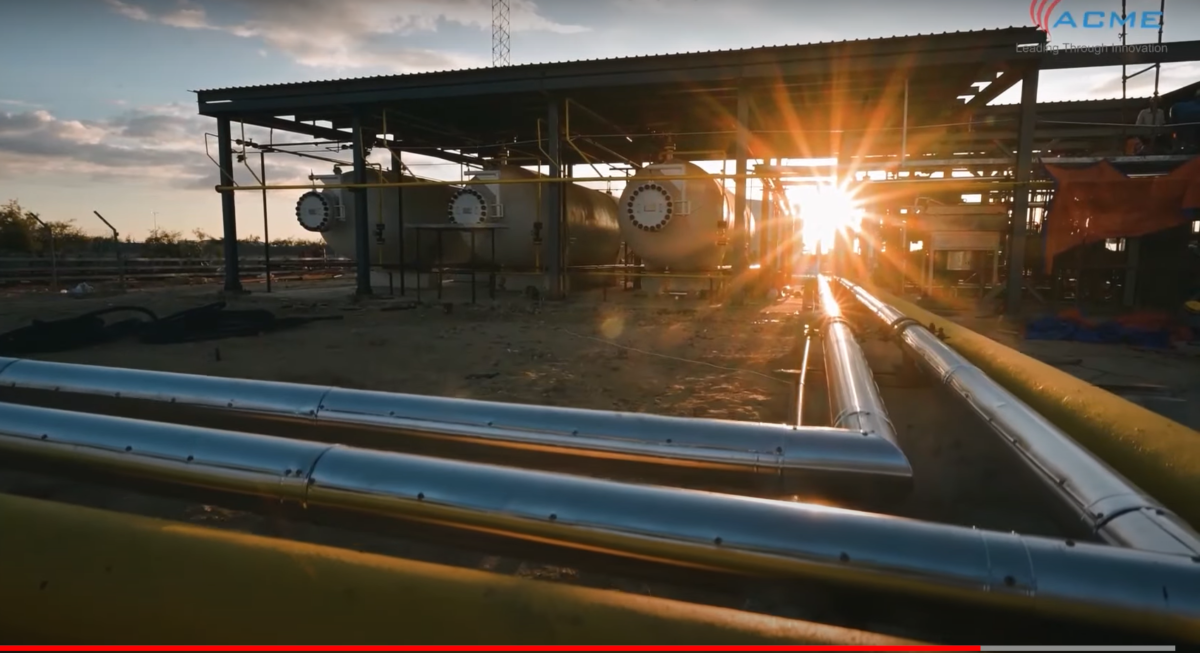
A new report by SBICAPS says India would need a massive INR 8-10 trillion investment by 2030 to develop its green hydrogen ecosystem envisaged under the National Green Hydrogen Mission. Of this, INR 1.6 trillion will go towards building 60 GW of electrolyser capacity, while INR 4.2 trillion will be required for setting up 5 million tonnes per annum of green molecule production capacities. An additional INR 4.5 trillion would be needed in setting up associated renewables capacity to fuel these new factories.
The report says effective financing is contingent on addressing issues such as uncertain demand offtake, high costs of capex, logistical difficulties in arranging water, electricity, storage, offtake infrastructure, etc, limited debt financing, and stranded asset risk. The solutions in place include electrolyzer production subsidies under Strategic Interventions for Green Hydrogen Transition (SIGHT) programme, ISTS charges waiver, green hydrogen hubs, firm demand commitments for green H2 and derivatives, and specialised power finance institutions,
As per the report, hydrogen use in India will triple to 15-20 million tonnes per year by 2030 from 5-7 million tonnes currently– much faster than the global growth rate. While industrial uses will still dominate, 13% of the hydrogen use in India by 2030 will be from new sources (power, transport, residential and buildings).
Currently, more than 95% of the world’s hydrogen production is using dirty traditional processes using fossil fuels. Green hydrogen, which is produced through water electrolysis powered by renewables, emerges as the solution.
India is well positioned to take the green hydrogen leap with a high renewable energy potential of 2.1 TW, low cost of RE (INR 2.5-3.5/kWh), robust domestic demand and trade advantage. However, as much of the capacity for green H2 has to be set up from scratch, financing ecosystem must evolve to accommodate this opportunity.